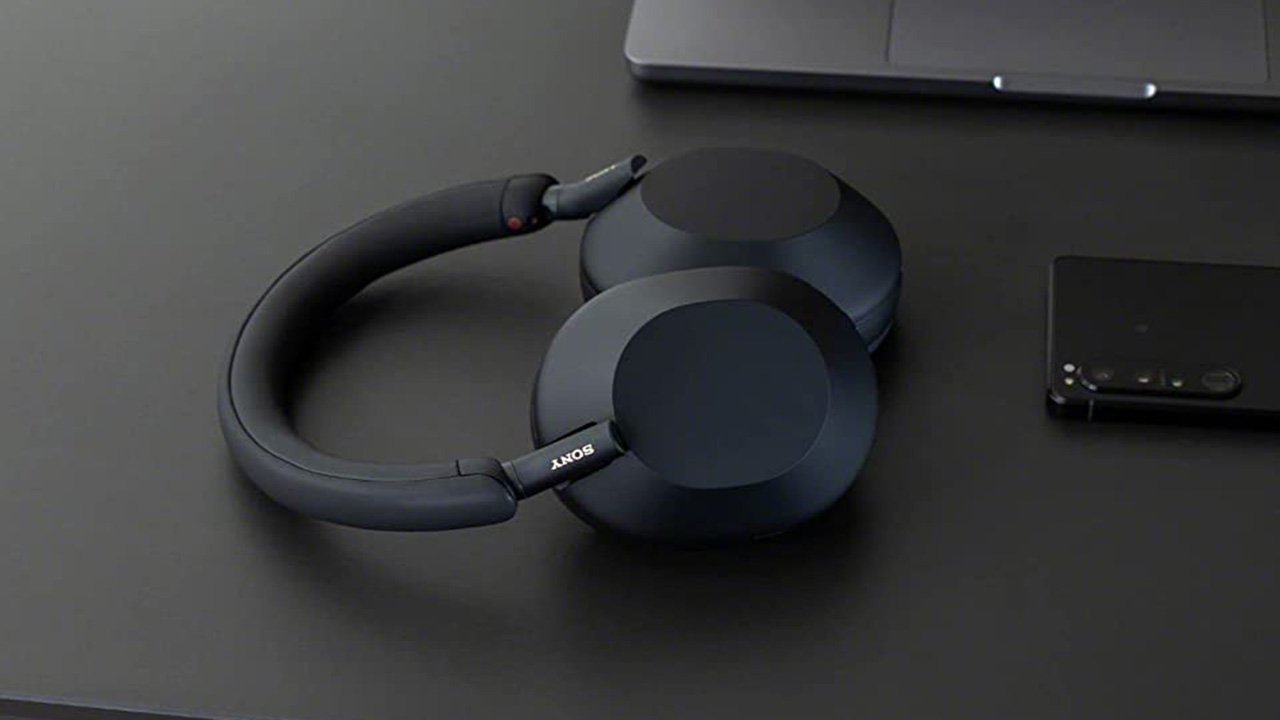
Whether you’re looking for a pair of serious headphones – and by serious I mean a pair you wear at home with glorious reverence – or simply a pair of over-ears headphones for the daily commute, you’ll probably have found yourself pondering the relative merits of closed-back vs open-back headphone designs. The differences can actually be pretty profound.
Open-backed headphones tend to create an airy, naturalistic listening experience. They’re easy to wear for prolonged periods, but come with significant caveats.
Closed back headphones, meanwhile, sound more intimate and offer superior sonic isolation – and the choice of models is huge. Deciding between them can be a head-scratcher.
If you’re in the market for an upgrade, it makes sense to decide when and where you’ll use your new headphones the most.
99% of all headphone buyers listen to music on the move (that’s the point, you might sensibly argue). As it happens, a good pair of headphones can stand in for a kick ass home Hi-Fi system too.
Closed-back vs open-back headphones: Buying advice
If you’re short-listing headphones mainly to use out and about, it’s pretty clear what’s important: battery life, general convenience and probably noise cancelling.
Headphones for in-home use are a different kettle of fish. Here audio quality is probably paramount, with the size and quality of drivers key points of interest, along with design and style.
The latest news, features and interviews direct to your inbox, from the global home of alternative music.
Let’s assume you’re buying headphones because you don’t have room to accommodate a pair of physical loudspeakers, or don’t want to disturb hypothetical friends and family. Perhaps you have a compact Bluetooth speaker for general use, but fancy a pair of premium headphones, with a dedicated amp, for critical listening?
Inevitably, such headphones offer a different listening experience to big cabinet loudspeakers. You won’t get the same physical reaction when AC/DC's Angus Young delivers his monster Back In Black riffs, but your choice of cans could get you closer to the stage than you might imagine.
So what style, open or closed, is best suited to a daily dose of Amon Amarth?

Closed-back vs open-back headphones: Differences
Open-backed headphones are precisely as described – the ear cups are not completely sealed. This doesn’t mean they sport a donut-style hole, but the shell is perforated so the headphone driver can interact with the environment. In a very literal sense, the headphones can breathe.
This has obvious implications. For one thing, the isolation characteristics of open- backed (sometimes called open-ear) headphones, and closed-back (closed-ear) models, are completely different.
Open-backed models will allow you to pick-up on room ambience. That's bad news if you own a cockatiel. Closed-back models offer better sonic isolation. Crank up Rammstein and you won’t hear a squawk from any parrots.
Open-back headphones are particularly popular in a studio environment, and are often worn by mix engineers.
Some describe the sound as more open, and transparent. You don’t tend to get that sense of head-pressure; this also makes them more comfortable for prolonged listening.
Don’t think that open-backed headphones have to be expensive, either, as many are available for great prices.
However, there are obvious caveats. Not only do they let ambient room noise in, audio also leaks out, which could be irritating for others in the room. This also makes them completely unsuitable for outdoor use.
Unsurprisingly, closed-ear headphones have a completely sealed ear cup. In many ways, this makes them the most practical choice. Ambient noise is effectively minimised – even without dedicated noise cancelling features.
Another typical characteristic of closed-back over-ear headphones, is an enhanced bass response. Some music fans really like this and provided it's not too overcooked, will give a visceral, gutsy sound that works well with heavy rock.
Be warned! Your ears will get warmer quicker though – and that has nothing to do with the music you're listening to.
Closed-back headphones are also far more common and can be found on wireless noise cancelling models such as the new Sony WH-1000XM5 – and wired audiophile headphones, like the Meze Audio 99 Classics, at all price points, budget to premium.
If you’re interested in spatial music mixes, closed over-ears are definitely the way to go. With 360 Reality Audio and Dolby Atmos Music available on some of the best music streaming services around, you’ll want that controlled headspace to give you an immersive binaural listening experience. With a growing number of albums mixed in Dolby Atmos – including Def Leppard's latest album Diamond Star Halos – this could well be the clincher if you’re still undecided.

Closed-back vs open-back headphones: Best closed-back
The Sony WH-1000XM5 are the latest iteration of Sony’s best-selling noise cancelling XM series of headphones. These models adopt a radically different design, and an upgraded noise cancelling engine, but retain all the smart AI functionality of previous models.
Meanwhile, Apple AirPods Max boast gorgeous design but do carry a high ticket price. That said, these closed-back over ear headphones are excellent – although you need to be a iPhone user to get the most from them.
Finally we have the awesome Bowers & Wilkins PX7. These headphones feature chunky 46.3mm full-range drivers which help to deliver deep bass and pristine clarity to these wireless over ears, while the faux leather ear cushions keep comfort high.
Closed-back vs open-back headphones: Best open-back
Let's now take a look at our pick of the best open-back headphones around. First up is the Grado SR325x – a great wired higher-end choice. They offer clean, clear sound courtesy of refined new 44mm drivers and an audiophile grade cable, all for a really good price.
Next we have the impressive Beyerdynamic DT 900 Pro X. These studio-grade wired headphones offer the benefits of open-backed design at a price point you might not expect. There's also the Focal Clear MG. If you want to make a significant investment in your headphones, these premium Focal’s are a serious temptation. Beautifully made, with precision electronics.
Finally we have the hugely impressive Philips Fidelio X3. With their velour ear cushions and meaty 50mm drivers, these smart looking wired headphones disguise their open backs with Kvadrat fabric.
Closed-back vs open-back headphones: The verdict
As long as you know what you’re getting into, you’re unlikely to be disappointed choosing one headphone camp over the other. Ultimately, all headphones preferences boil down to taste... or should I say music?
Personally, I prefer open-backed models for critical music listening, and for casual at home use. They’re great to wear when you working from home. But there’s no doubt that closed back designs are considerably more practical, and with a vast choice of wired audiophile and wireless models, there are always great buys to be had.
And if you factor in the rise of spatial audio, they’re probably the most future-proof option too.
Related content
- Plug your lugs with the best earplugs for concerts
- The best budget wireless headphones
- Best headphones for music: supercharge your listening
- The best audiophile headphones: Get more from your music
- The best earbuds and in-ear headphones: From wireless to wired
- The best headphone amps: Boost the mood
- The best kid's headphones: Headphones that are great for children
- Loudest headphones: You want volume and lots of it? You got it
Steve is a home entertainment technology specialist who contributes to a variety of UK websites and mags, including Louder Sound, Yahoo UK, Trusted Reviews, T3, The Luxe Review and Home Cinema Choice. Steve began his career as a music journo, writing for legendary rock weekly Sounds, under the nom de plume Steve Keaton. His coverage of post punk music was cited in the 2015 British Library exhibition Terror and Wonder: The Gothic Imagination, as a seminal influence on the Goth music scene.

